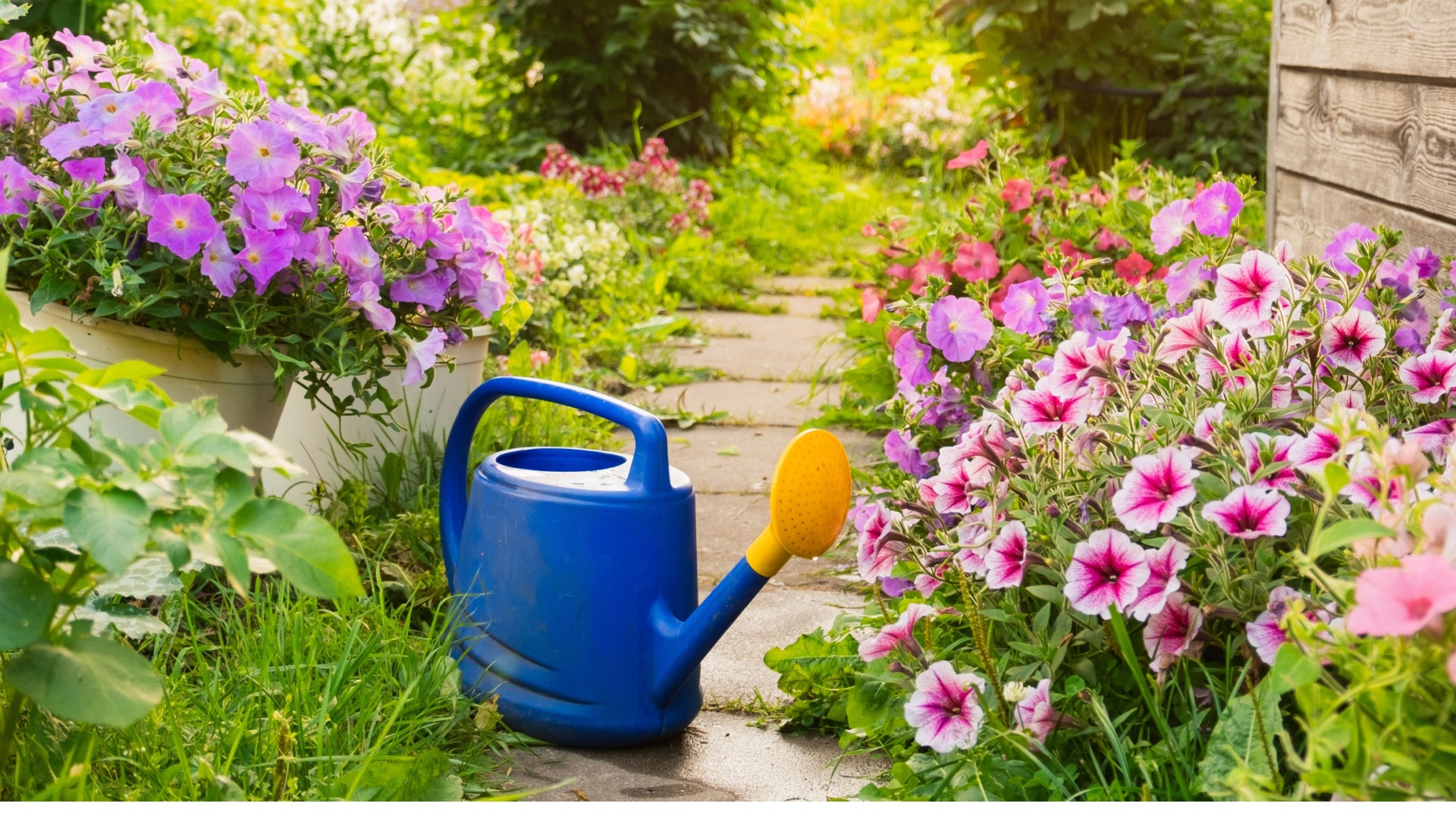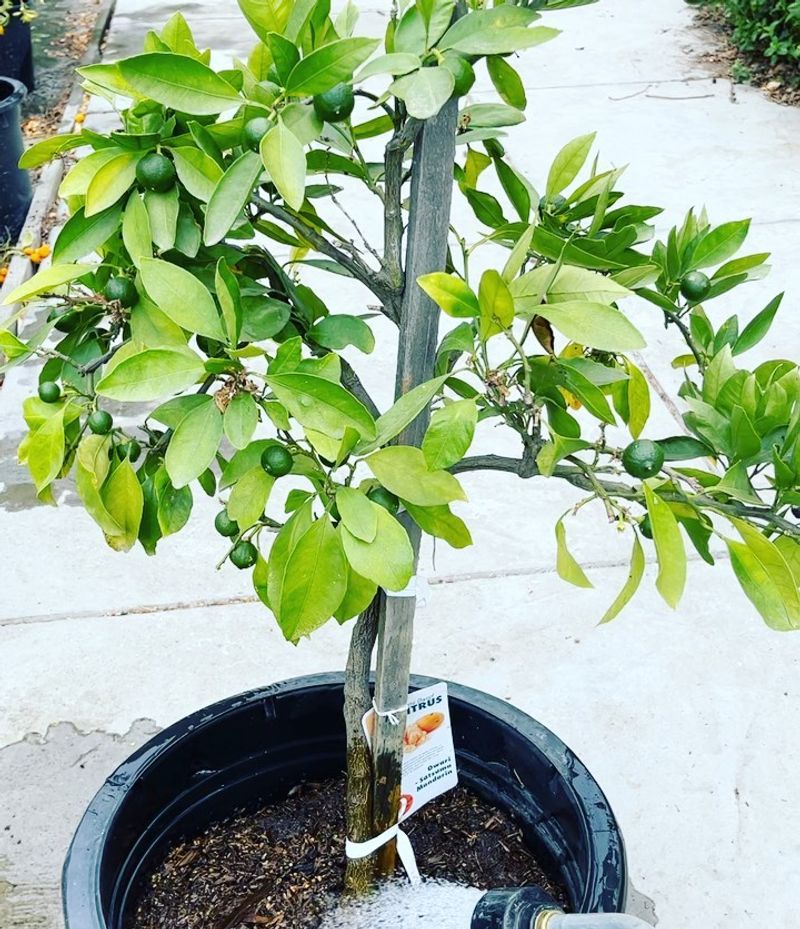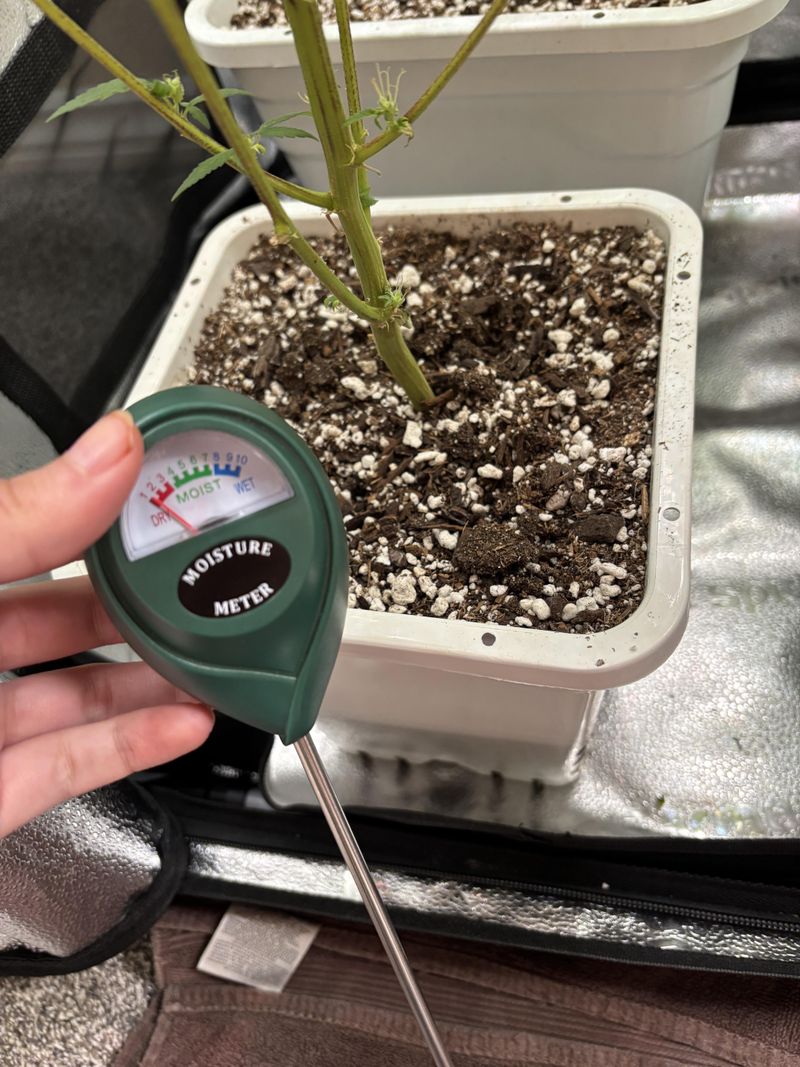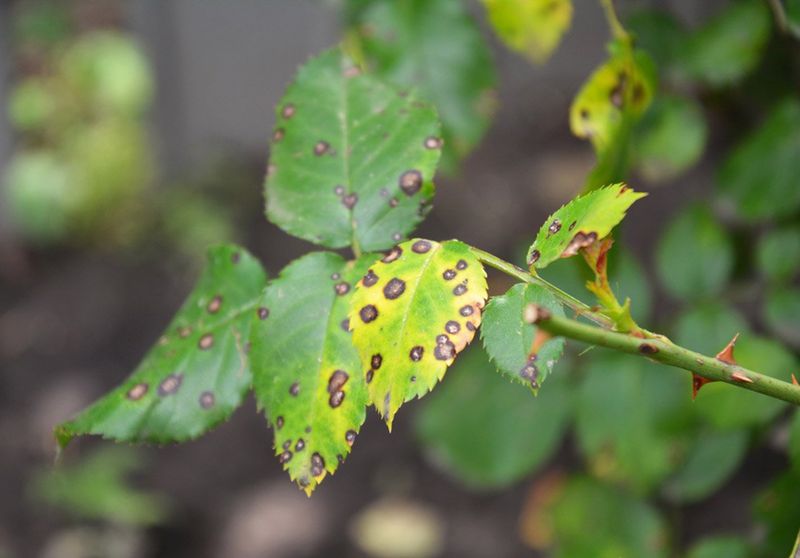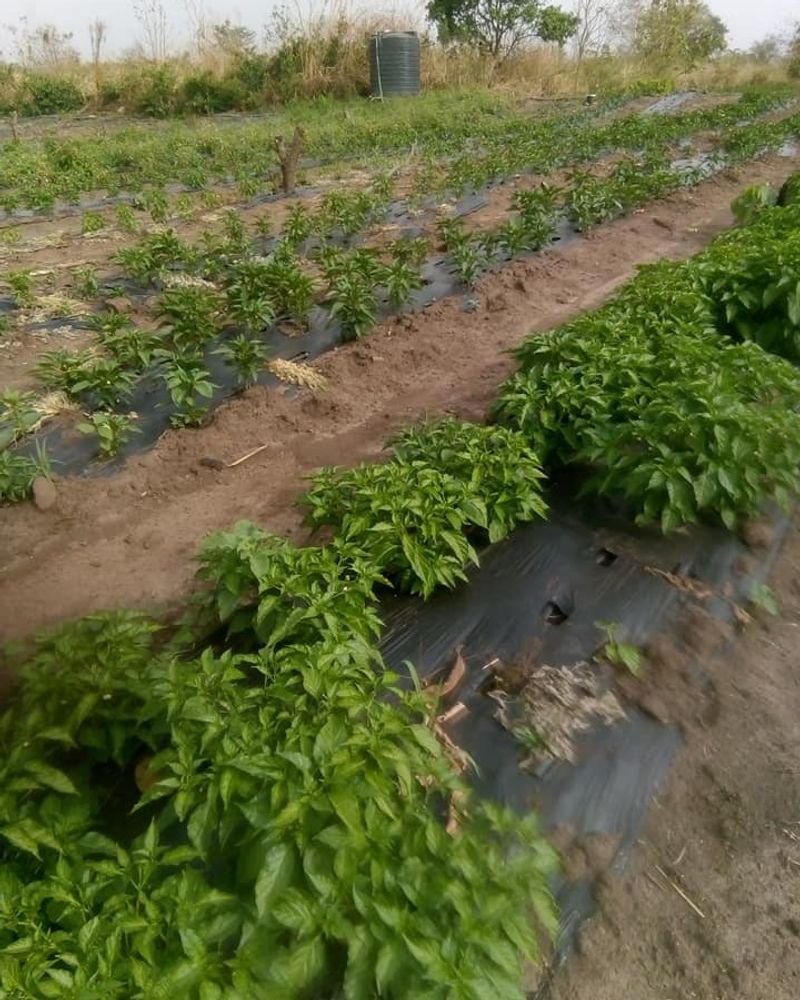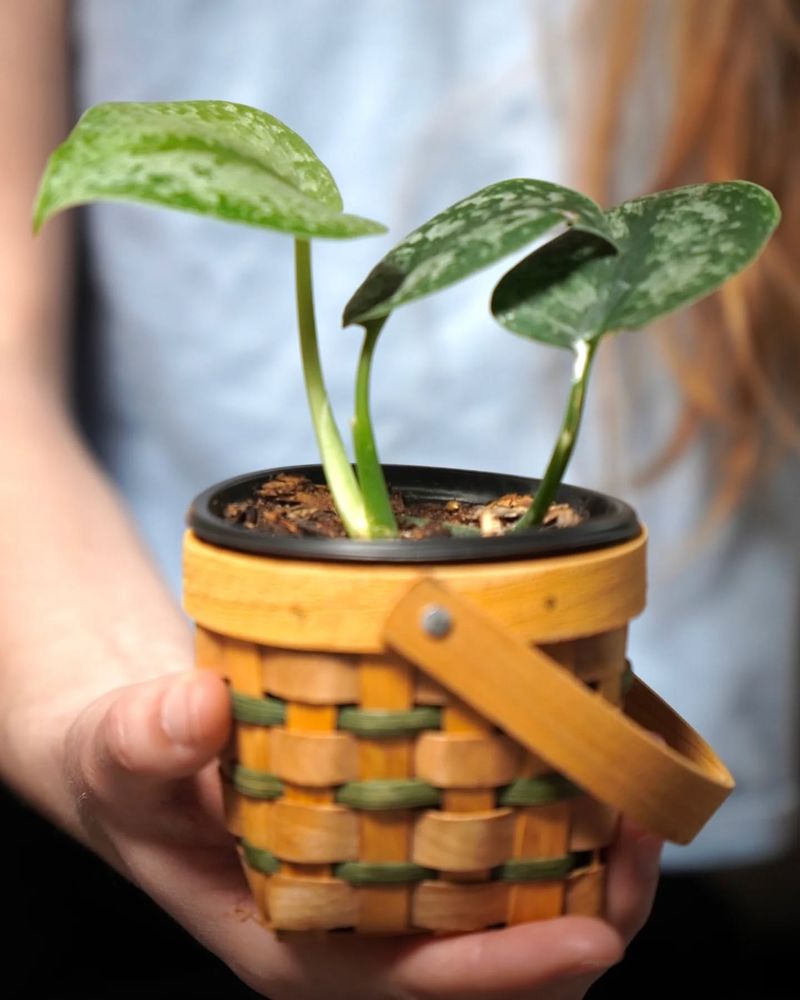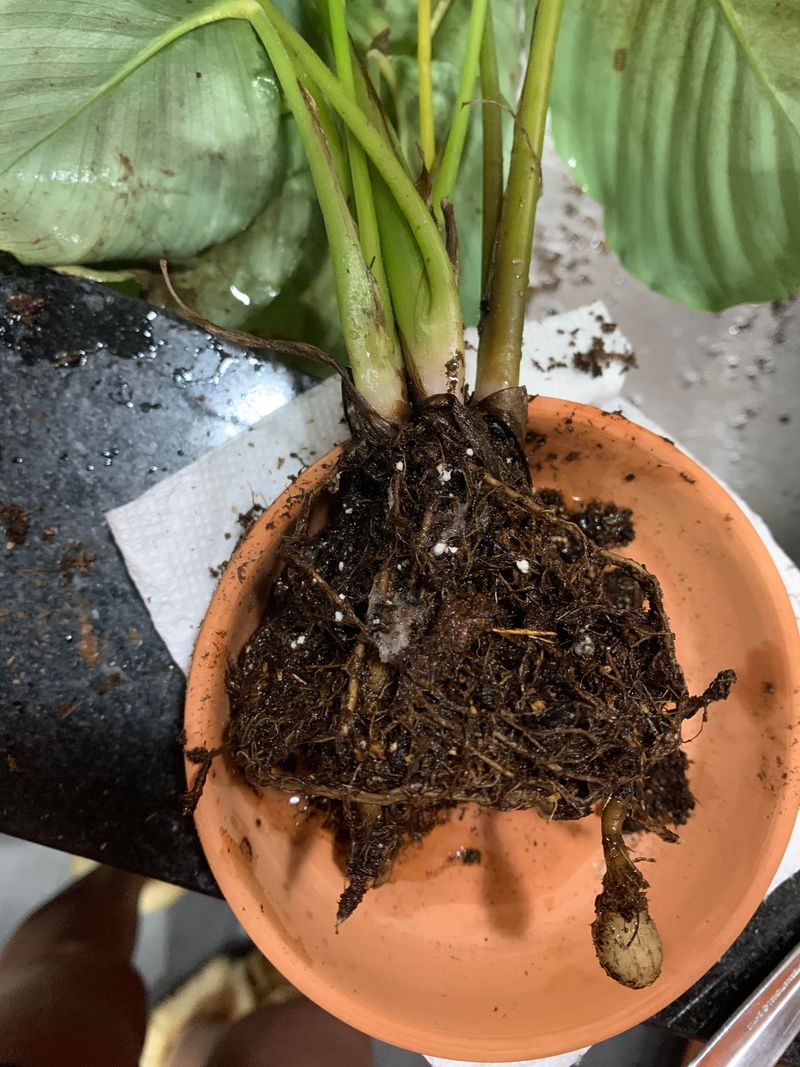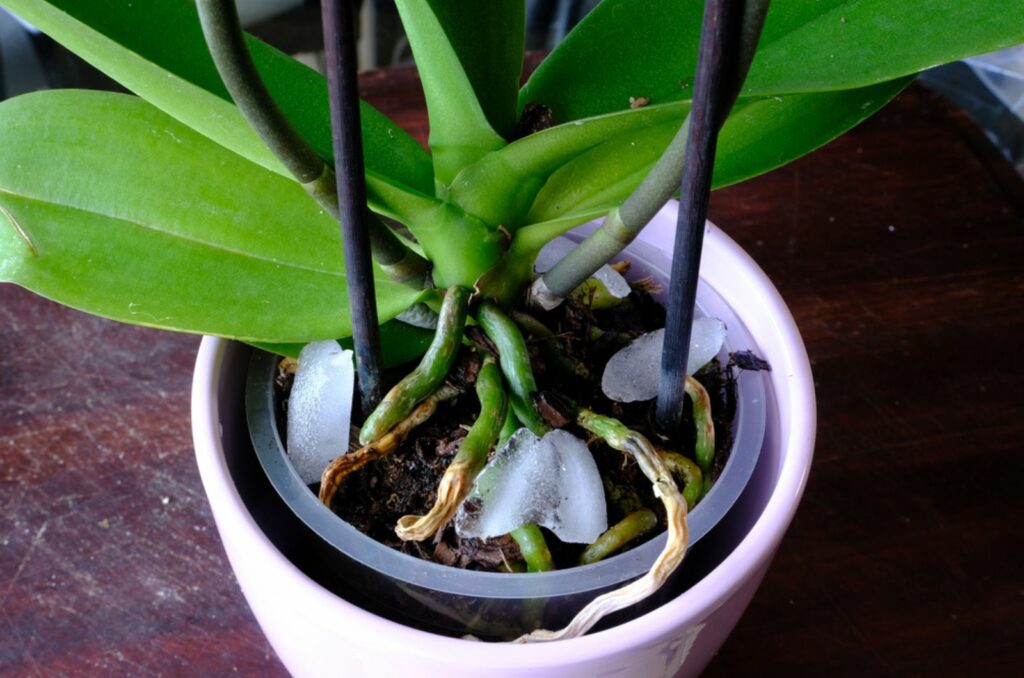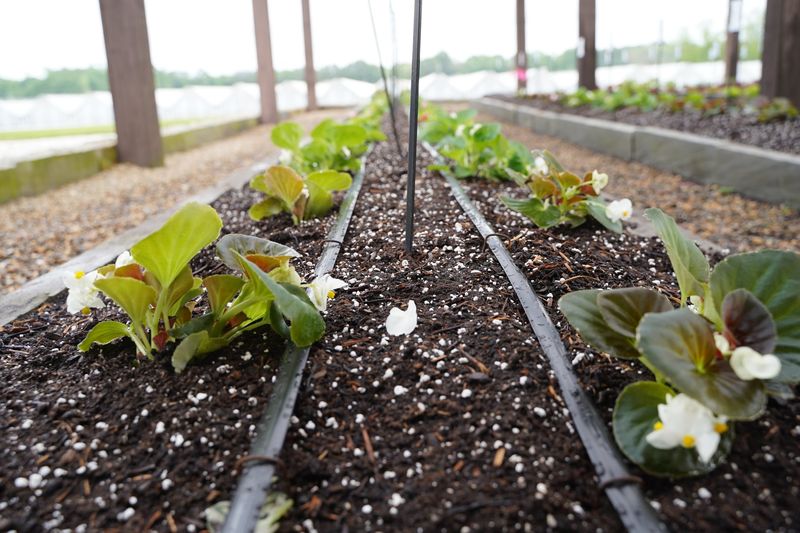You might think you’re helping your plants with every splash of water—but bad watering habits can quietly drain your wallet and destroy your garden.
From overwatering to poor timing, these 15 common mistakes waste money, stress your plants, and sabotage your soil. Break these habits now, and both your garden and water bill will thank you.
1. Drowning Your Drought-Tolerant Plants
Succulents and cacti store water in their leaves and stems, making them naturally equipped for dry conditions. When you water them like regular houseplants, their roots sit in moisture too long and begin to rot.
The soil should completely dry out between waterings, sometimes taking weeks depending on your climate. Many plant parents kill their desert-dwelling friends with kindness, pouring water when plants actually need drought.
Your wallet suffers too—you’re paying for unnecessary water and eventually replacement plants.
2. Sprinkling During Midday Heat
Watering your garden during the hottest part of the day wastes precious water through evaporation before plants can drink it up. The water droplets can also act like tiny magnifying glasses, potentially scorching delicate leaves under intense sunlight.
Early morning is the golden hour for watering. Plants have time to absorb moisture before the day heats up, and their foliage dries quickly, preventing fungal diseases.
Evening watering leaves plants damp overnight, creating perfect conditions for mildew and other problems.
3. Shallow Spritzing Instead of Deep Soaking
Light, frequent watering creates shallow root systems that can’t sustain plants during dry spells. The roots stay near the surface where moisture quickly evaporates, leaving plants vulnerable to drought stress.
Deep, thorough watering encourages roots to grow downward, creating stronger plants that can find moisture deep in the soil. For established plants, this might mean watering less often but for longer periods.
You’ll save money on your water bill and spend less time with the hose in hand.
4. Ignoring Your Soil Type
Sandy soil drains quickly while clay holds water like a sponge. Treating all soil the same leads to either drought-stressed or waterlogged plants. In sandy soil, water races through before roots can drink, while clay becomes a soggy mess that suffocates roots.
Testing your soil’s drainage is simple: dig a hole, fill it with water, and see how long it takes to drain. Fast-draining soil needs more frequent watering; clay soil needs less water but more often.
Working with your soil type saves water and prevents plant stress.
5. Watering on a Rigid Schedule
Plants don’t need water by the calendar—they need it when their soil dries out. Blindly watering every Tuesday and Saturday ignores changing weather conditions and your plants’ actual needs.
The finger test never lies: stick your finger an inch into the soil. If it’s dry, water. If it’s still moist, wait. Different plants, pot sizes, and seasons all affect how quickly soil dries out.
Automatic timers can be convenient, but they waste water during rainy periods if not adjusted regularly.
6. Spraying Leaves of Fungus-Prone Plants
Roses, tomatoes, and many other plants develop fungal diseases when their leaves stay wet. Overhead watering splashes soil onto leaves, potentially spreading disease spores, while wet foliage creates perfect conditions for powdery mildew and black spot.
Soaker hoses and drip irrigation deliver water directly to the roots where it’s needed. These systems reduce evaporation and keep leaves dry, naturally preventing many common plant diseases.
You’ll spend less on fungicides and replacement plants while using up to 50% less water.
7. Using Unfiltered Tap Water for Sensitive Plants
Chlorine, fluoride, and high mineral content in tap water can harm sensitive plants like orchids, carnivorous plants, and some tropical varieties. White mineral deposits on pots and leaf tips turning brown are telltale signs of chemical buildup.
Rainwater collection provides free, chemical-free hydration that plants love. For houseplants, simply letting tap water sit out overnight allows chlorine to evaporate.
Some plants like spider plants and peace lilies show dramatic improvement when switched from tap to filtered or rainwater.
8. Neglecting Mulch as a Water-Saver
Bare soil loses moisture rapidly through evaporation, forcing you to water more frequently. Without the protection of mulch, soil also develops a hard crust that makes water absorption difficult, causing runoff instead of penetration.
A 2-3 inch layer of organic mulch like wood chips or straw can reduce water needs by up to 30%. Mulch also suppresses weeds that compete with your plants for moisture and nutrients.
The initial cost of mulch pays for itself in water savings and healthier plants that need less frequent replacement.
9. One-Size-Fits-All Watering Approach
Treating all plants in your garden the same ignores their individual water needs. Thirsty hydrangeas planted alongside drought-tolerant lavender creates an impossible watering situation where one plant always suffers.
Grouping plants with similar water requirements—called hydrozoning—allows you to water efficiently. Low-water zones might need irrigation only during extreme drought, while moisture-loving areas get regular attention.
Garden planning based on water needs not only saves money but creates a more harmonious landscape where all plants can thrive.
10. Forgetting to Check Container Drainage
Beautiful pots without drainage holes are death traps for plants. Water pools at the bottom, creating a swampy environment where roots can’t breathe and eventually rot.
Always check for drainage holes before planting, or drill your own in decorative containers. If you must use a pot without drainage, create a reservoir at the bottom with gravel and activated charcoal, and water very sparingly.
The money spent on proper containers saves countless plants from drowning in their own water.
11. Watering Without Checking Root Health
Continuing to water a plant with rotted roots wastes water and won’t revive the plant. Root rot appears as dark, mushy roots instead of firm, light-colored ones, and often smells unpleasant when you disturb the soil.
Healthy roots can absorb water; damaged ones cannot. Before assuming a wilting plant needs more water, check its roots by gently removing it from the pot.
Plants with root rot need immediate attention: trim damaged roots, repot in fresh soil, and adjust your watering habits to prevent recurrence.
12. Ignoring Rainfall in Your Watering Schedule
Running sprinklers after a rainstorm is one of the most obvious ways to waste water and money. Plants that receive natural rainfall don’t need additional irrigation, yet many automatic systems continue regardless of weather conditions.
Rain gauges or smart irrigation controllers can measure natural precipitation and adjust watering accordingly. Some systems connect to local weather data and automatically skip scheduled waterings when it rains.
The investment in rain-sensing equipment typically pays for itself within one growing season through reduced water bills.
13. Watering With Ice Cubes for Orchids
The popular ice cube method for orchids can shock these tropical plants with cold water. Orchids naturally grow in warm environments where cold water never touches their roots.
Room temperature water mimics their natural conditions better. The ice cube trend started as a way to prevent overwatering, but measured room-temperature water accomplishes the same goal without temperature shock.
Healthy orchids can bloom for months, sometimes years, making proper care worth the small effort of using appropriately warmed water.
14. Letting Water Run Off Instead of Soaking In
When water runs off the soil surface instead of soaking in, plants don’t receive the hydration they need despite using lots of water. Compacted soil and fast watering are usually the culprits behind this wasteful scenario.
Water more slowly to give moisture time to penetrate. For severely compacted soil, poke holes with a garden fork before watering to create channels for water to enter.
Wetting agents or soil conditioners can help water penetrate hydrophobic soils, especially in potted plants that have completely dried out.
15. Using Wasteful Watering Methods
Traditional sprinklers lose up to 50% of water to evaporation and misdirection, especially on windy days. Water landing on sidewalks, driveways, and other non-plant areas is money literally going down the drain.
Drip irrigation and soaker hoses deliver water directly to plant roots with minimal waste. These systems reduce water usage by up to 70% compared to sprinklers while improving plant health by keeping foliage dry.
Though installation requires upfront investment, efficient irrigation systems typically pay for themselves within two seasons through reduced water bills.

